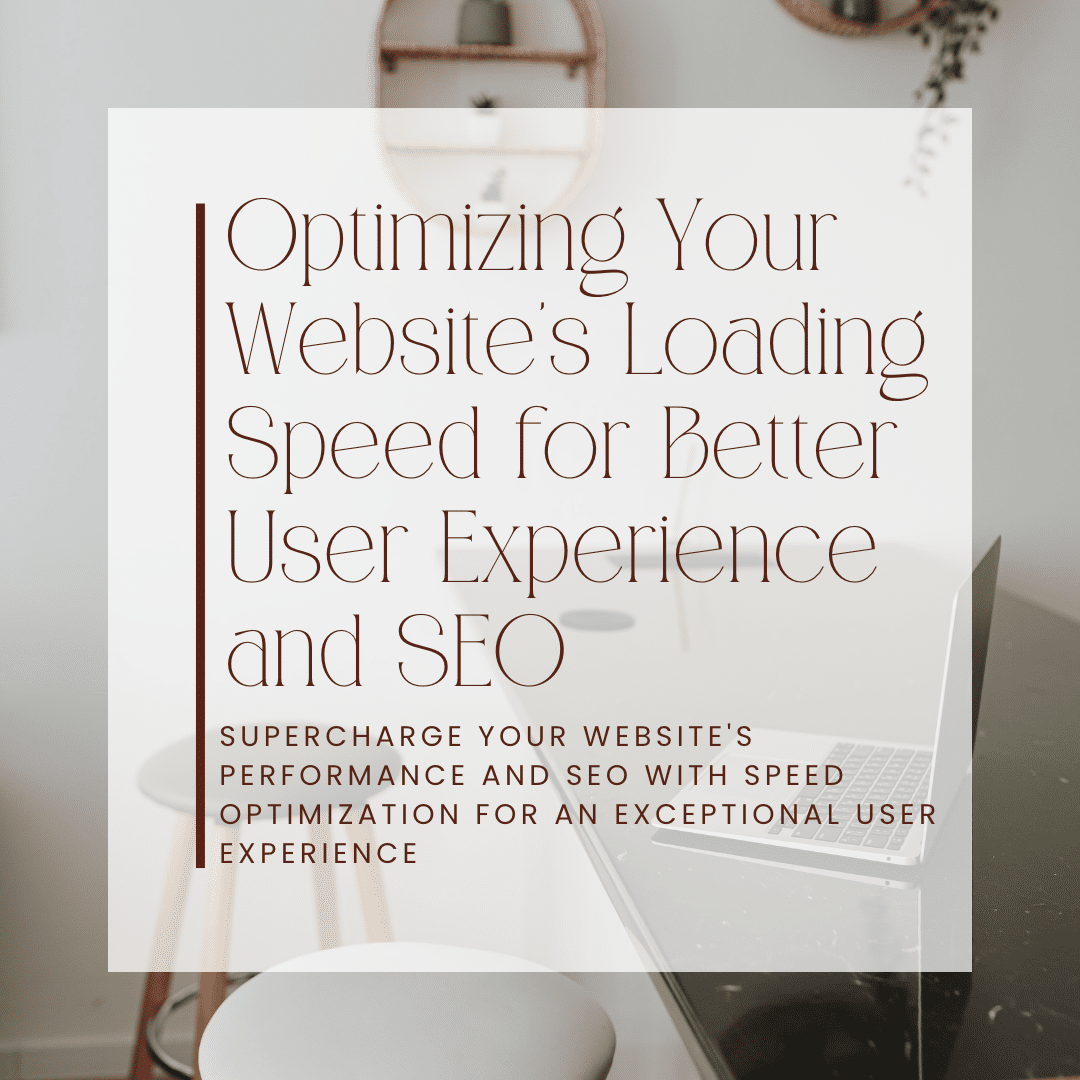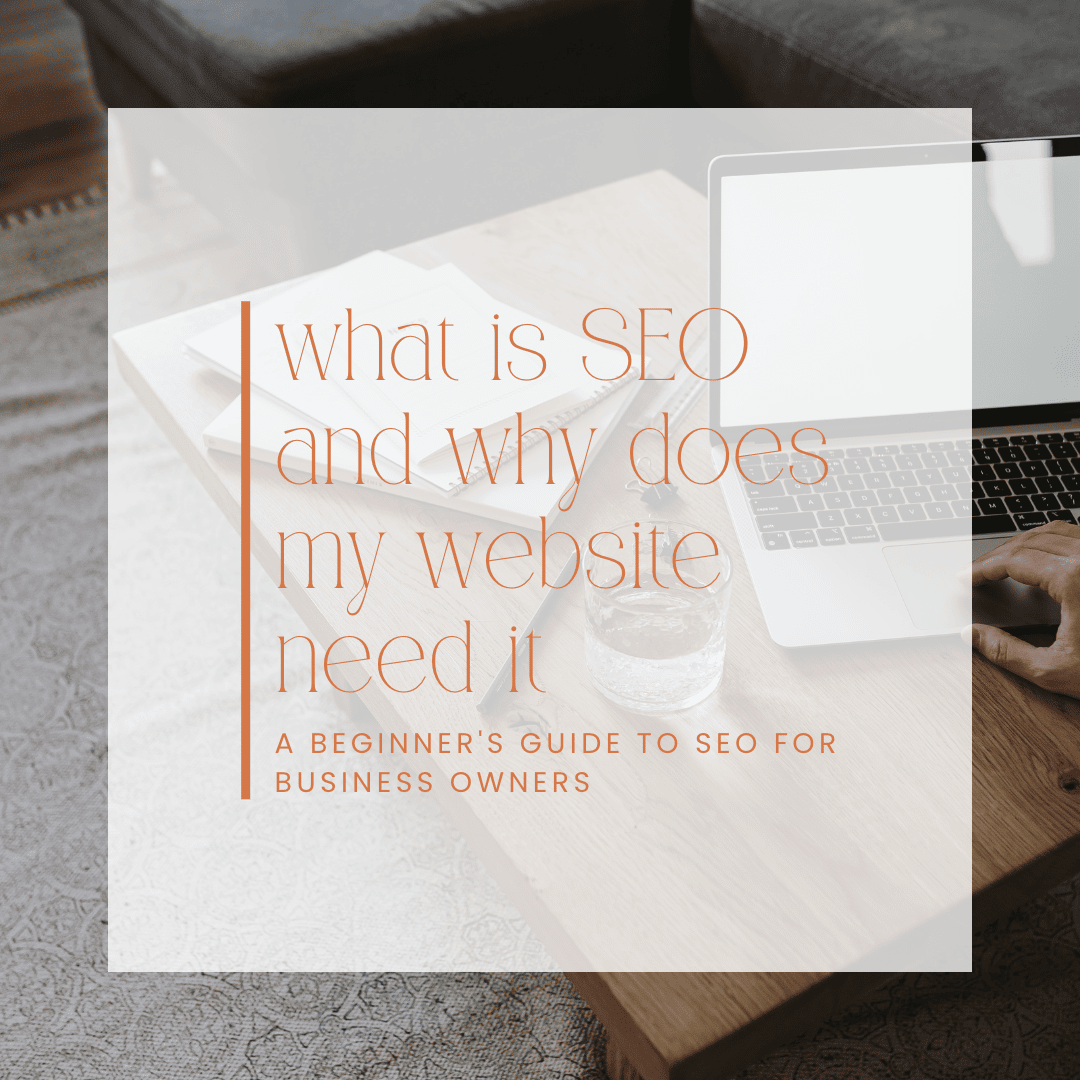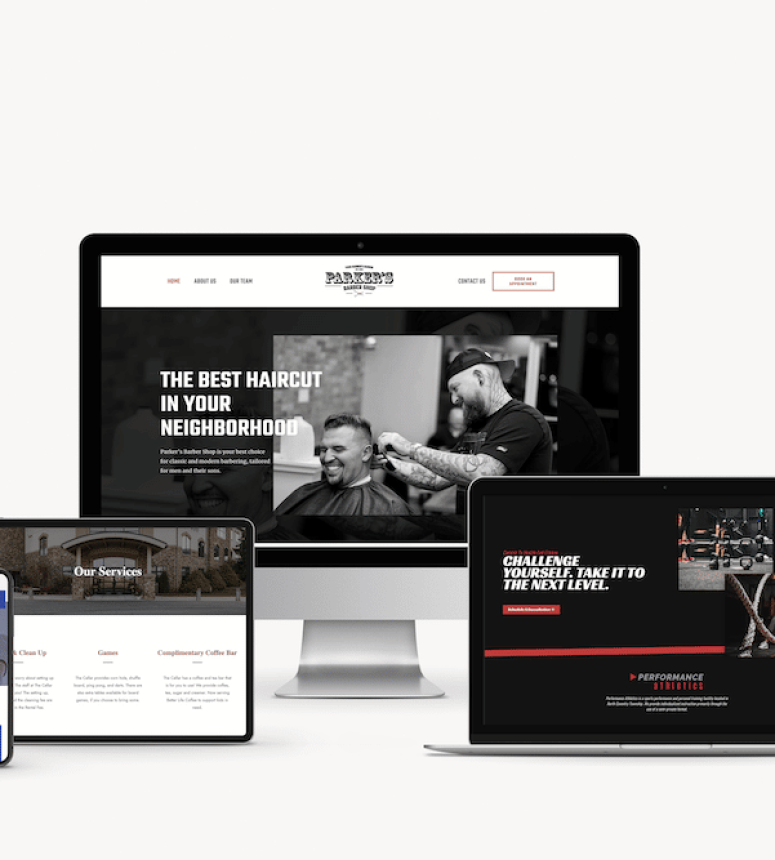In today’s fast-paced digital landscape, website loading speed has become more important than ever. Faster loading times contribute to better user experiences, increased user engagement, reduced bounce rates, and improved SEO rankings. This comprehensive guide will discuss the significance of website loading speed, its impact on user experience and SEO, and various optimization techniques to ensure your website performs at its best.
The Importance of Website Loading Speed
Website loading speed is critical in today’s digital environment. As internet users increasingly demand instant gratification, slow-loading websites can frustrate visitors and lead to higher bounce rates and potential loss of conversions. Moreover, search engines like Google prioritize fast-loading websites in their search rankings, considering it as a crucial factor for a positive user experience. Thus, optimizing your website’s loading speed is essential for both enhancing user experience and boosting your website’s SEO performance.
Impact on User Experience
Website loading speed directly affects user experience. Slow-loading websites can frustrate visitors, leading to higher bounce rates and a potential loss of conversions. On the other hand, fast-loading websites tend to have better user engagement metrics, such as longer session durations and higher page view numbers. By optimizing your website’s loading speed, you can provide a more satisfying browsing experience for your visitors and increase the chances of converting them into customers.
Mobile Optimization
With the majority of internet users accessing websites via mobile devices, mobile optimization is crucial for providing a seamless and satisfying browsing experience. Responsive design, optimized images, and efficient code are essential for ensuring faster loading times on mobile devices. By prioritizing mobile optimization, you can cater to the needs of your mobile users and improve your website’s overall performance.
Tools for Measuring Loading Speed
There are various tools available to measure and analyze website loading speed. Popular tools like Google PageSpeed Insights, GTmetrix, and Pingdom provide valuable insights, including suggestions and recommendations for optimizing website performance. By using these tools, you can identify areas for improvement and implement necessary changes to enhance your website’s loading speed.
Google PageSpeed Insights
Google PageSpeed Insights is a powerful tool that analyzes a web page’s content and generates recommendations to make it faster. It provides valuable information on your website’s performance, including loading times, optimization scores, and suggestions for improvement.
GTmetrix
GTmetrix is a web-based tool that analyzes a website’s performance and recommends ways to improve its speed. It offers detailed reports on load time, page size, and performance metrics, helping you pinpoint areas for optimization.
Pingdom
Pingdom is another excellent tool for examining a website’s loading time, page size, and performance metrics. With its easy-to-use interface, you can quickly identify bottlenecks and implement necessary changes to boost your website’s loading speed.
Optimization Techniques
There are several optimization techniques you can implement to improve your website’s loading speed. Some of these include:
Image Optimization
Compressing and resizing images without sacrificing quality is essential for faster loading times. Use appropriate image formats, optimize image file sizes, and implement lazy loading for images to reduce the negative impact of large image files on your website’s performance.
Minification
Minifying CSS, JavaScript, and HTML files can reduce file sizes and improve loading speed. By removing unnecessary code, reducing HTTP requests, and utilizing asynchronous loading for scripts, you can enhance your website’s performance.
Browser Caching
Implementing browser caching allows users to store a copy of your website’s content on their device, reducing loading times on subsequent visits. By enabling browser caching, you can provide a faster and more efficient browsing experience for your visitors.
Content Delivery Network (CDN)
A content delivery network (CDN) distributes your website’s content across multiple servers worldwide, reducing the physical distance between users and the server and improving loading speed. By implementing a CDN, you can ensure quicker responses for globally dispersed web traffic.
Code Optimization
Clean and efficient code is essential for website performance. Removing unnecessary code, reducing HTTP requests, and utilizing asynchronous loading for scripts can improve your website’s loading speed and overall performance.
Ongoing Website Maintenance
It’s important to maintain your website regularly to ensure consistent loading speed optimization. Perform regular performance audits, monitor your website’s speed, and address any issues or bottlenecks that may arise over time. By staying on top of website maintenance, you can provide a fast and engaging experience for your visitors.
User Experience and SEO Impact
Website loading speed plays a crucial role in both user experience and SEO. Search engines like Google prioritize fast-loading websites in their search rankings, considering it as a crucial factor for a positive user experience. By optimizing your website’s loading speed, you can enhance user experience, increase website traffic, and improve SEO performance.
Case Studies or Examples
In our experience, we have witnessed the significant impact of optimizing website loading speed, and one remarkable example is Performance Athletics. Before our intervention, their website suffered from sluggish performance, with a page load speed of 8 seconds. Understanding the importance of faster loading times, we implemented various speed optimization techniques, such as image optimization, code minification, and leveraging browser caching. As a result, we successfully reduced the page load speed by a whopping 4 seconds, bringing it down to a much-improved 4 seconds. This improvement may seem small, but in the realm of website page load speed, it is a significant reduction that can make a substantial difference in user experience, user engagement, and overall SEO performance. The case of Performance Athletics demonstrates how our expertise in speed optimization can propel websites to new heights of performance and success.
In conclusion, optimizing your website’s loading speed is essential for providing a fast and smooth browsing experience for your visitors, boosting your search engine rankings, and staying ahead of the competition. By implementing the techniques discussed in this guide, you can enhance your website’s performance, improve user experience, and achieve better SEO results. Remember that website loading speed optimization is an ongoing process, and regular monitoring and adjustments are necessary to maintain optimal performance.

































